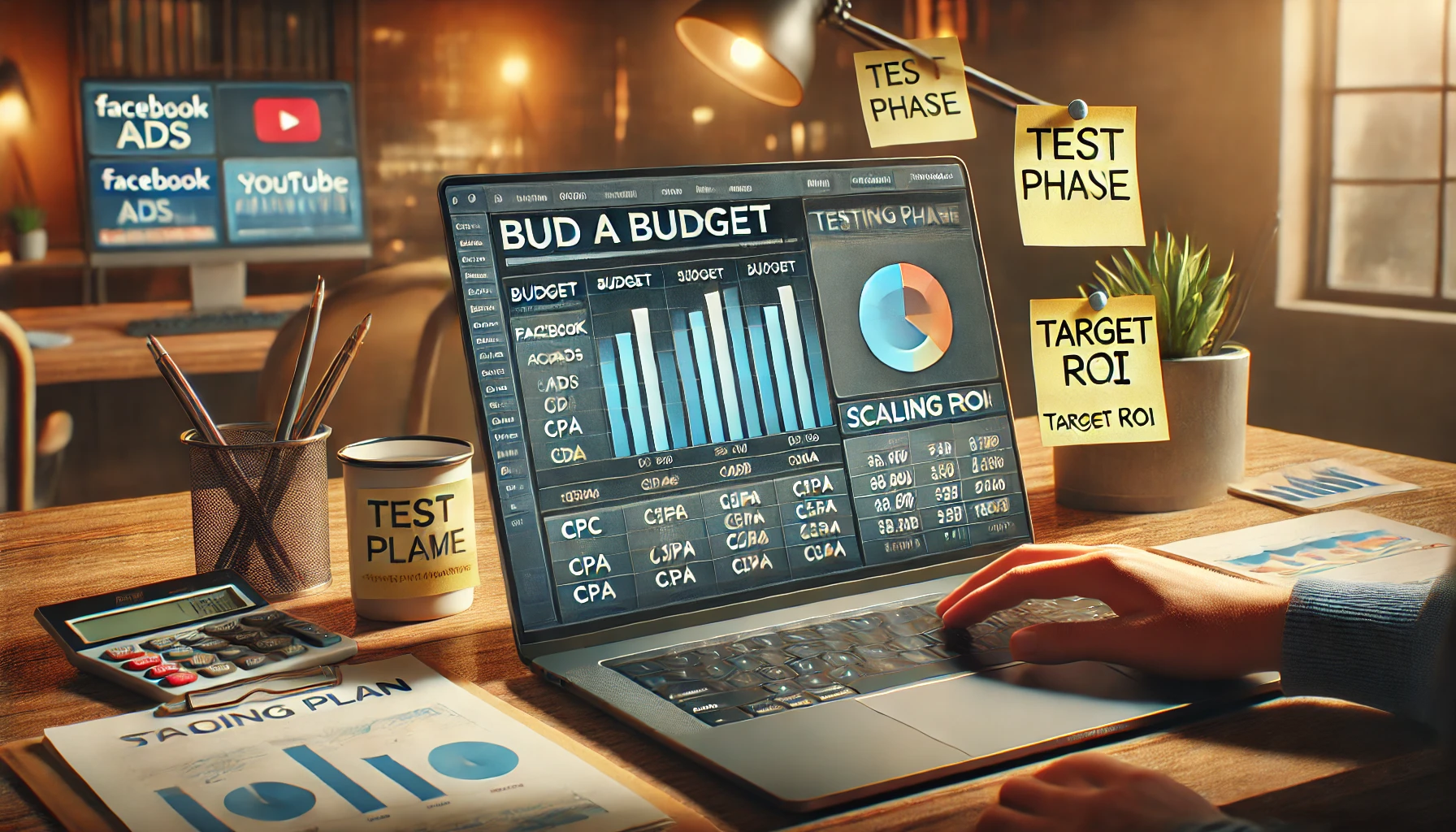
Running paid ads without tracking ROI is like sailing without a compass.
You might be moving, but you don’t know if you’re heading toward profit—or just spending to stay afloat.
ROI (Return on Investment) is the ultimate metric that tells you whether your campaigns are truly working. In this article, we’ll break down how to calculate and track ROI in paid traffic campaigns, what to include, and how to improve it over time.
What Is ROI in Paid Traffic?
ROI = (Profit from Ads – Ad Spend) / Ad Spend × 100
It tells you how much return you made for every dollar spent.
- ROI of 100% means you doubled your money.
- ROI of 0% means you broke even.
- Negative ROI = you lost money.
💡 ROI helps you evaluate which campaigns are worth scaling and which need fixing.
Step 1: Track Your Ad Spend Accurately
Before you can measure ROI, you need to know exactly how much you’re spending.
Include:
- Daily ad spend (from Meta Ads, Google Ads, etc.)
- Fees for designers, copywriters (if applicable)
- Tools used to run or track campaigns (landing pages, analytics)
🧮 Example:
- Meta Ads spend = $300
- Funnel software = $50
- Total Spend = $350
Step 2: Define What Counts as a Conversion
A conversion is the desired action from your campaign. It could be:
- Product sale
- Lead captured
- Appointment booked
- Course enrollment
- Free trial signup (with known value)
Each conversion must have a monetary value, even if it’s an estimate.
Step 3: Track Revenue Generated from Ads
Use tracking tools to link sales back to your ads:
- Meta Pixel
- Google Ads Conversion Tracking
- UTM parameters with Google Analytics
- CRM or checkout platform reports
🧠 Tip: Use separate campaigns or UTM tags for each offer so you know what’s generating revenue.
Step 4: Calculate ROI Step-by-Step
Let’s say:
- You spent $500 on Facebook Ads
- You made $1,500 in product sales
- Gross profit on those sales (after cost of goods) = $900
ROI = (900 – 500) / 500 × 100 = 80%
That means for every $1 you spent, you made $1.80 back (including your $1).
Your profit was 80% of your investment.
Step 5: Track ROI by Campaign
Break it down by:
- Platform (Facebook vs Google vs TikTok)
- Campaign (Lead Magnet vs Direct Sale)
- Audience (Cold vs Warm vs Retargeting)
- Ad Creative (Image A vs Video B)
This allows you to: ✅ Scale what works
❌ Kill what doesn’t
🔁 Test smarter
Bonus: Use ROAS for Simpler E-commerce Tracking
ROAS (Return on Ad Spend) = Revenue / Ad Spend
This doesn’t account for profit, just gross return.
It’s ideal for quick tracking in e-commerce.
Example:
- Spend: $1,000
- Revenue: $3,000
- ROAS = 3.0 (you earned $3 for every $1 spent)
Many advertisers aim for a ROAS of 2x to 4x, depending on margins.
Tools to Track ROI Effectively
- Meta Ads Manager (custom conversions, ROAS reports)
- Google Analytics 4 (with ecommerce tracking and UTM tagging)
- Google Looker Studio (custom dashboards)
- Shopify, WooCommerce, Gumroad – for revenue tracking
- Excel/Google Sheets – manual breakdowns when needed
How to Improve ROI Over Time
🔍 Audit your funnel – Are you losing people at the landing page or checkout?
🧪 Test new creatives – Small changes in image or copy can impact CTR and cost
🎯 Narrow targeting – Focus on buyers, not browsers
♻️ Retarget warm traffic – It’s cheaper and converts better
🛍️ Increase AOV (Average Order Value) – Upsells, bundles, free shipping thresholds
📩 Use email marketing – Convert leads after the click, without more ad spend
Final Thoughts: ROI Is the Real Scoreboard
Likes, reach, and CTR are nice—but ROI is what pays the bills.
Track it. Understand it. Optimize it.
When you focus on ROI, every decision becomes strategic. You stop guessing, and you start growing—confidently, profitably, and at scale.






